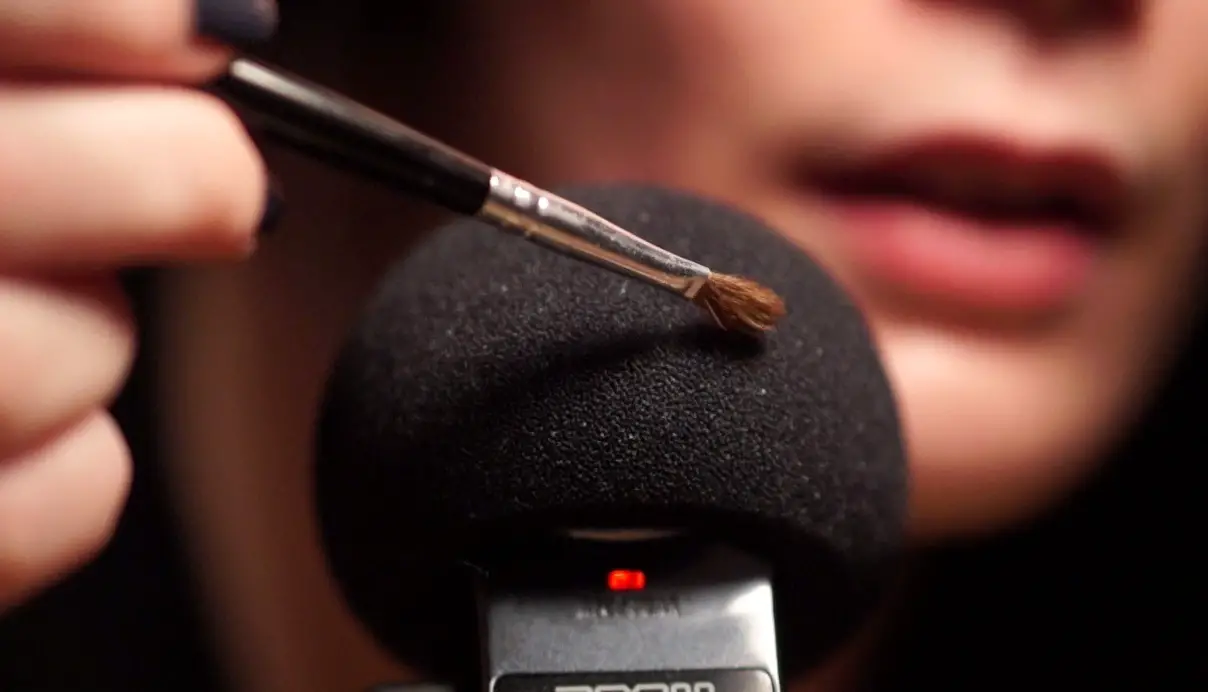
Microphone sensitivity steps simply how much electric productivity (measured in “millivolts” mV) is created for confirmed sound force input. Typically when calculating mike tenderness the mic is put in a reference sound subject where a noise force level (SPL) of 94 dB (1 Pascal) at 1000 Hz is maintained at the microphone. (Some sellers like Shure use 74 dB 0.1 Pascal). The distinction is that 94 dB SPL is the conventional noise intensity of someone talking twelve inches away while 74dB SPL would be the same speaker one inch away. A typical condenser microphone could have a price outlined both like “7mV/Pa” or -43dBV in the complex specification. These two values mean a similar thing – they’re only stated differently.
If two microphones are subject to the exact same SPL and one yields a greater production voltage, that microphone is claimed to truly have a larger tenderness rating. Although knowing how exactly to read/compare mike sensitivity (output) is very important, the specific sensitivity ranking often is not a major consideration in microphone selection. Generally the style of a mike for a certain software plays a role when makers determine the correct production level. Like, dynamic microphones ASMR News are normally less sensitive than condenser mics as they’re generally applied pretty close to the noise source. Stated here are the normal requirements for three various microphone transducer types:
Impedance is simply how much a device avoids the flow of an AC current (such as music signal) and is assessed in ohms. Typically when talking about microphones, “reduced impedance” is recognized as such a thing under 600 ohms. “Moderate impedance” could be 600 ohms to 10,000 ohms and “high impedance” would be higher than 10,000 ohms. All microphones have a specification regarding their impedance – often the worthiness is written on the mic somewhere, other occasions you might need to consult the technical handbook or manufacturers’site to ascertain the number.
In most cases, minimal impedance microphones are much better than high impedance, and very often you should use impedance as a rough gauge when deciding overall quality. The benefit of minimal impedance microphones is that they’ll be used in combination with very long wire works and minimal signal loss. Microphones with hardwired cables and a 1/4″ jacks are high impedance, while mics that need a balanced sound wire and xlr connector are reduced impedance.
Home sound is the electric hiss a microphone produces. Typically the home sound specialization is “A weighted”, meaning that the cheapest and best frequencies are flattened in the reaction contour, to better mimic the indicate response of the individual ear. (We often see middle range sound frequencies as louder.) As a general guideline, an A Weighted self noise specification of 18dB SPL or less is excellent (very quiet), 28dB SPL is great, while such a thing around 35db SPL is not perfect for quality music recordings.
Because energetic microphones do not need productive technology (no phantom energy requirements) they’ve really low self noise when compared to condenser microphones. Most specification blankets for vibrant microphones don’t contain self sound measurements. The signal to noise proportion (S/N) may be the big difference in dB between a microphone’s sensitivity and home noise. A higher S/N implies that the signal is cleaner (less noise) and that the microphone has more “reach “.
Typically achieve isn’t shown as a metric on a tech sheet as any microphone can make up a remote sound if the origin is noisy enough. For example, even an extremely cheap mic can make up a thunderclap from far away. As a general rule when analyzing S/N ratios, given 94dB SPL, anything over 74dB is great, a S/N specialization of 64dB is known as good.
Hopefully these meanings have served to provide some knowledge about normal microphone specifications. The truth is that there’s no “ideal” mike that is good for every situation. Suppliers style their microphones with unique audio programs at heart – such as for instance live performances or studio reproduction.
